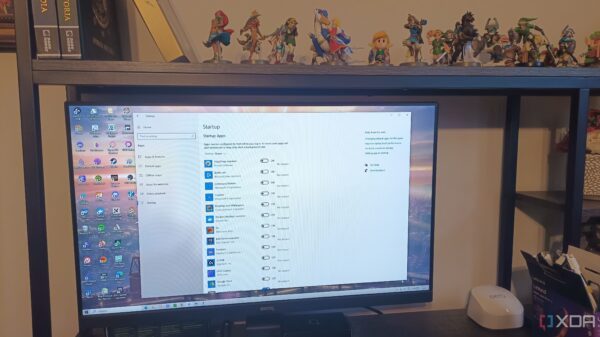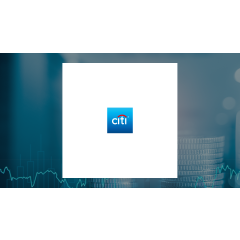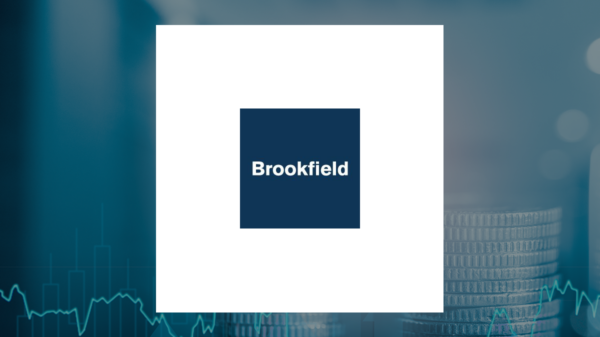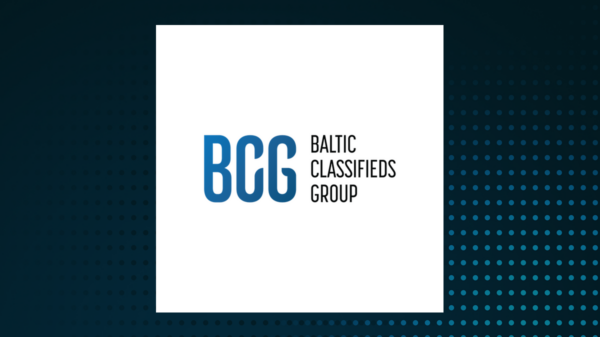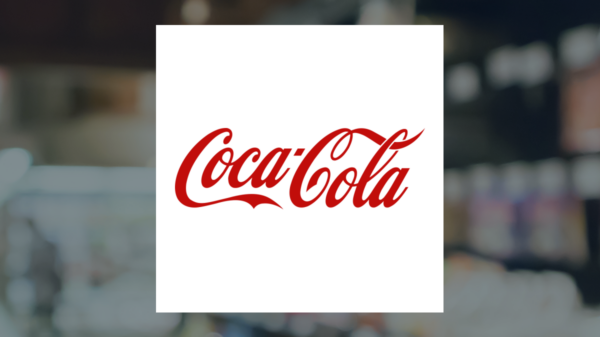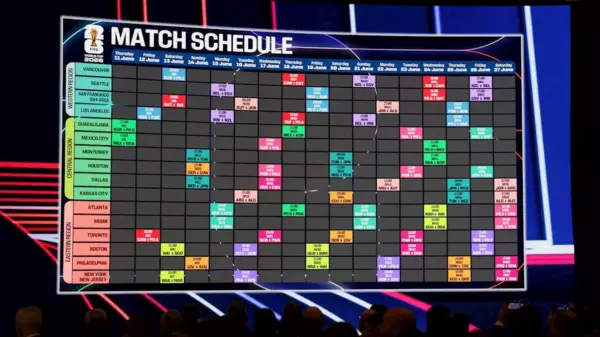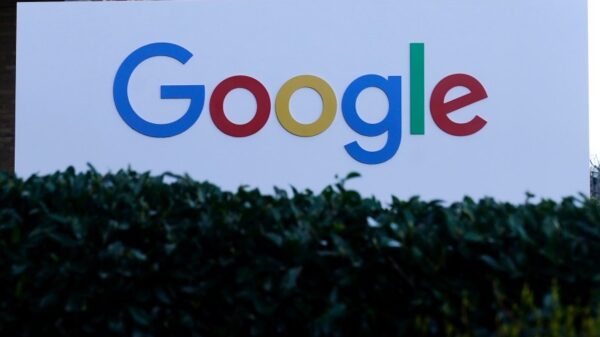The launch of MiniMax-M2 marks a significant advancement in open source large language models (LLMs), positioning it as a leading choice for enterprises seeking enhanced agentic tool use. Developed by the Chinese startup MiniMax, this new model allows for the autonomous execution of tasks such as web searches and application interactions, requiring minimal human oversight. Importantly, MiniMax-M2 is available under the permissive MIT License, enabling developers to deploy and modify it for both personal and commercial use.
Available on platforms like Hugging Face, GitHub, and ModelScope, MiniMax-M2 supports API standards from OpenAI and Anthropic. This compatibility allows users of proprietary models to transition seamlessly to MiniMax’s API, should they choose. Independent evaluations from Artificial Analysis, a recognized benchmarking organization, have ranked MiniMax-M2 first among open-weight systems in its Intelligence Index. This index assesses performance across reasoning, coding, and task execution.
In terms of specific capabilities, MiniMax-M2 has demonstrated impressive scores in various agentic benchmarks. Its performance metrics include τ2-Bench at 77.2, BrowseComp at 44.0, and FinSearchComp-global at 65.5. These results indicate that MiniMax-M2 competes closely with top proprietary models such as GPT-5 and Claude Sonnet 4.5, establishing it as a formidable option for real-world applications requiring complex tool use.
Impact on Enterprises and AI Landscape
The release of MiniMax-M2 signals a pivotal moment for open models within business environments. Built on a Mixture-of-Experts (MoE) architecture, the model boasts a total of 230 billion parameters, of which only 10 billion are active during inference. This efficient design enables enterprises to manage advanced reasoning tasks without extensive GPU requirements, achieving performance levels akin to proprietary systems.
According to data from Artificial Analysis, MiniMax-M2 outperforms or closely matches proprietary systems across several crucial benchmarks. Its capabilities in areas such as end-to-end coding and reasoning make it particularly appealing for organizations that rely on AI for complex workflows. As highlighted by Pierre-Carl Langlais, also known as Alexander Doria, on social media platform X, MiniMax-M2 is making a compelling case for mastering AI technology to enable genuine agentic automation.
The technical structure of MiniMax-M2 is designed to optimize performance while reducing latency and computational demands. This streamlined architecture supports rapid agent loops, allowing for efficient execution of tasks like code compilation and testing, which is essential for enterprise technology teams.
Benchmarking Excellence and Future Potential
MiniMax-M2’s performance has been rigorously tested across various developer and agent environments. The model’s benchmark results reveal its strength in executing complex, tool-augmented tasks, which are increasingly necessary for automated support and data analysis in enterprise settings. Notably, it excels in multiple benchmarks, achieving scores such as:
– SWE-bench Verified: 69.4, close to GPT-5’s 74.9
– ArtifactsBench: 66.8, surpassing Claude Sonnet 4.5 and DeepSeek-V3.2
– τ2-Bench: 77.2, approaching GPT-5’s 80.1
– BrowseComp: 44.0, outperforming other open models
These results illustrate MiniMax-M2’s effectiveness in diverse scenarios, reinforcing its position as a reliable choice for enterprises navigating the complexities of AI integration.
In the latest Artificial Analysis Intelligence Index v3.0, MiniMax-M2 scored 61 points, making it the highest-ranking open-weight model globally. This score reflects a balance of technical accuracy, depth of reasoning, and applied intelligence across different domains, making MiniMax-M2 suitable for a variety of applications, from software engineering to customer support.
MiniMax-M2 is tailored for comprehensive developer workflows, facilitating multi-file code edits and automated testing. The model is adept at agentic planning, capable of executing tasks that involve web searches, command execution, and API interactions while maintaining a clear reasoning trace.
This functionality is particularly beneficial for businesses exploring autonomous developer agents and AI-augmented operational tools. MiniMax provides a Tool Calling Guide on Hugging Face, detailing how developers can integrate external tools and APIs, enhancing the model’s versatility.
As enterprises look to deploy MiniMax-M2, they can access the model through the MiniMax Open Platform API and the MiniMax Agent interface, which are currently available free of charge. These options facilitate the integration of advanced AI capabilities into existing systems.
The API pricing for MiniMax-M2 is competitive, set at $0.30 per million input tokens and $1.20 per million output tokens. This pricing structure positions MiniMax-M2 favorably within the open model ecosystem, especially when compared to established players like OpenAI and Anthropic.
MiniMax has quickly emerged as a key player in the rapidly evolving AI landscape, backed by major investors including Alibaba and Tencent. The company gained recognition through its innovative AI video generation tool in late 2024, which showcased its capabilities in producing lifelike videos. Following this success, MiniMax focused on developing long-context language models, culminating in the MiniMax-01 series.
As the demand for efficient and powerful AI solutions continues to rise, MiniMax-M2 represents a significant step forward, offering enterprises an accessible, high-performance model that supports complex reasoning and automation tasks, all while maintaining an open-source philosophy. With its efficient architecture and robust performance metrics, MiniMax-M2 is well-positioned to redefine the landscape of agentic AI systems in the enterprise sector.





